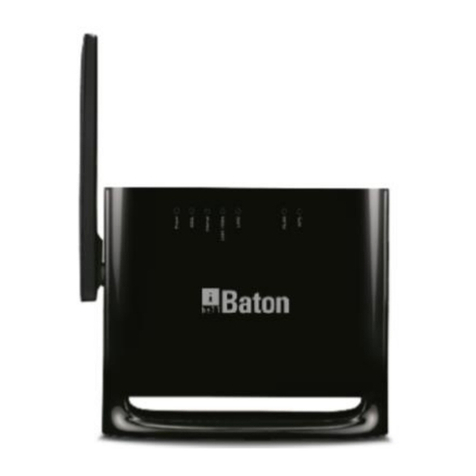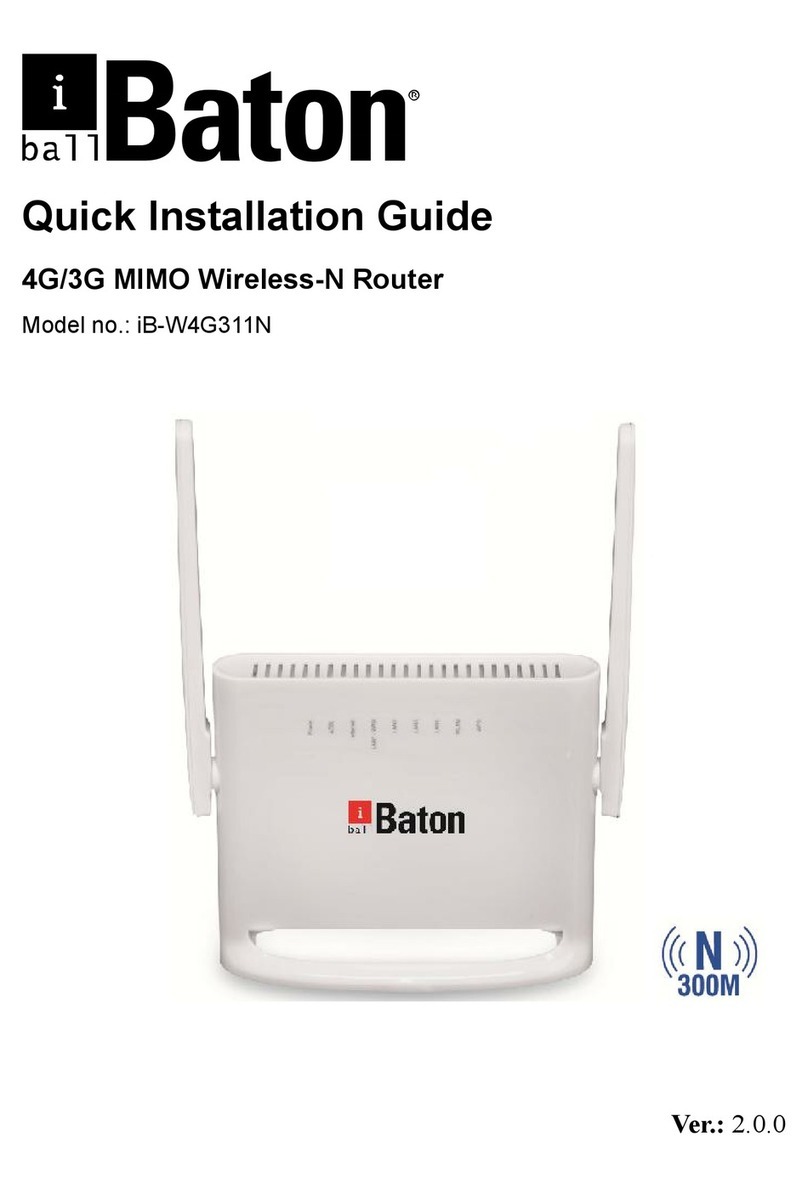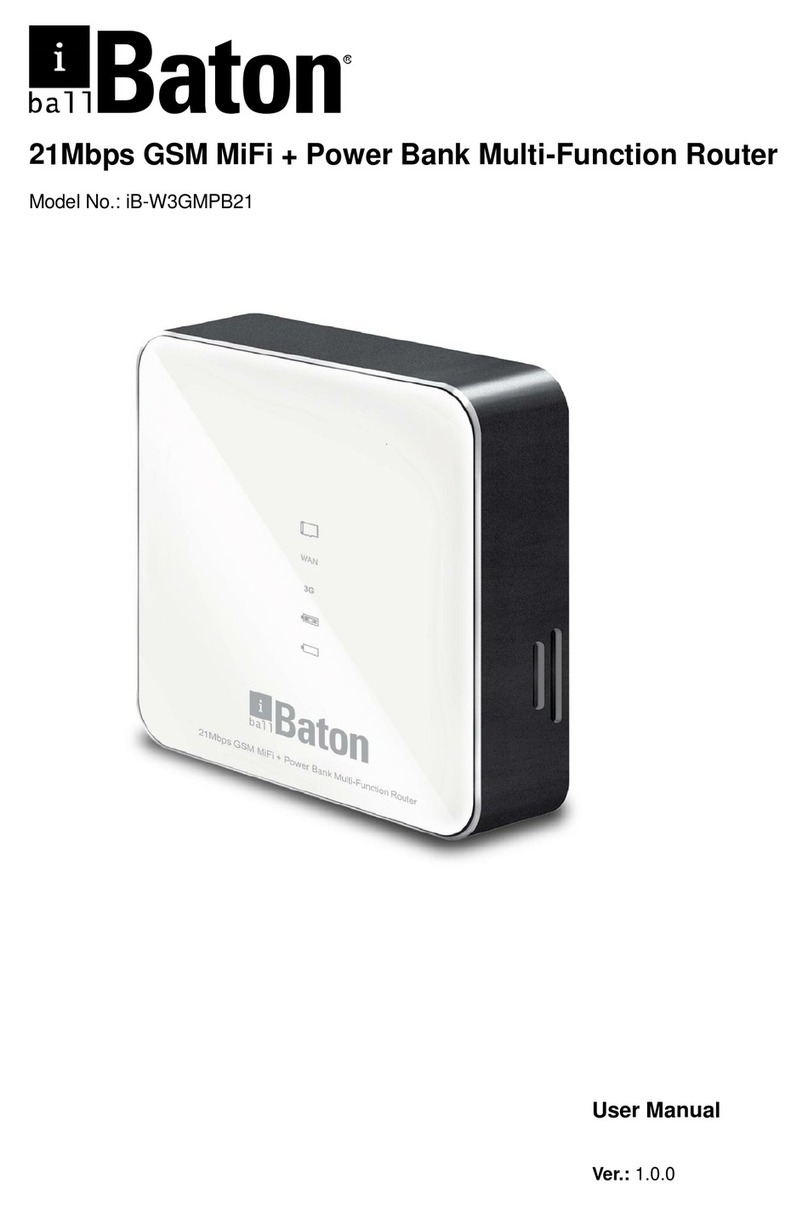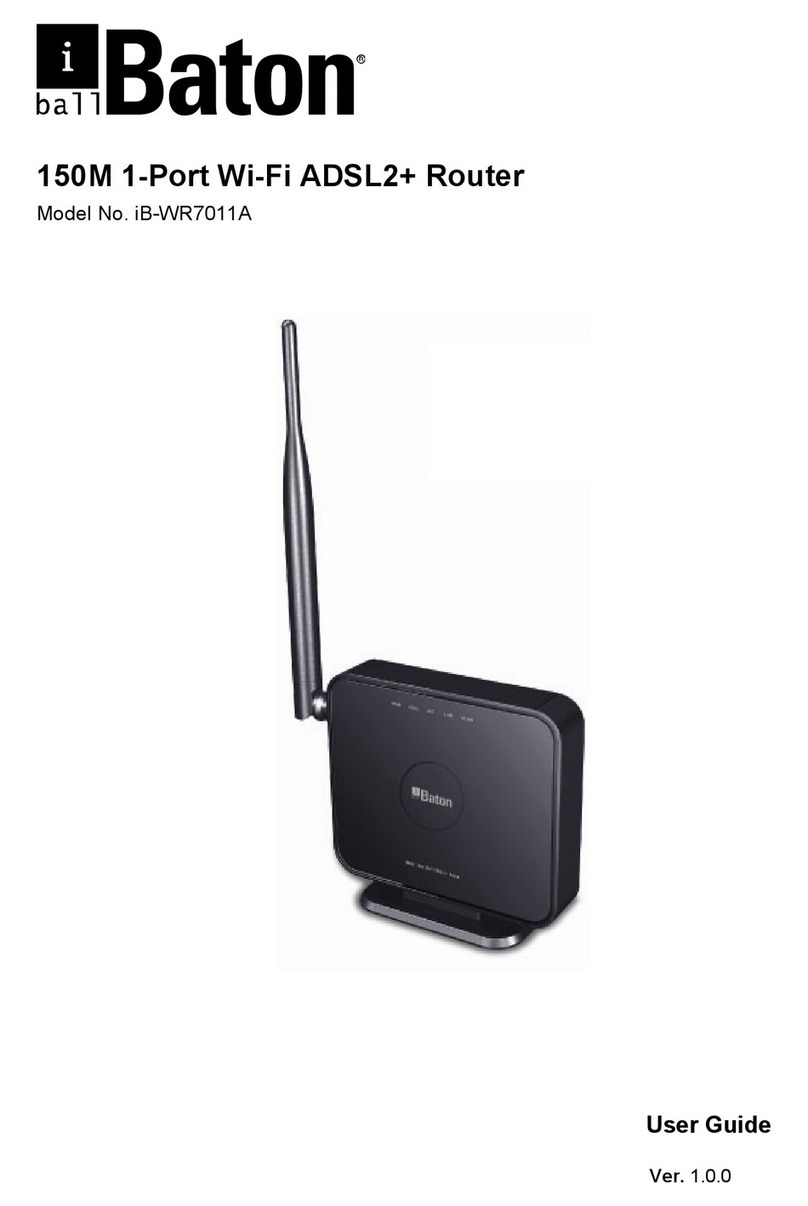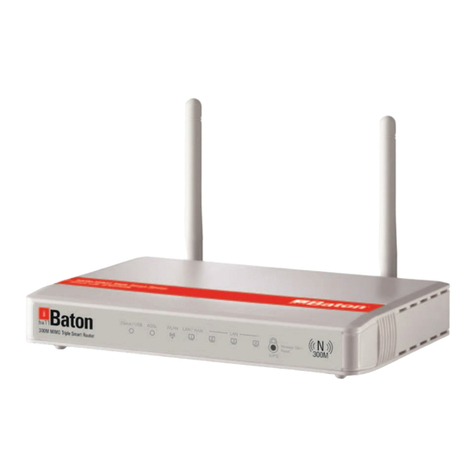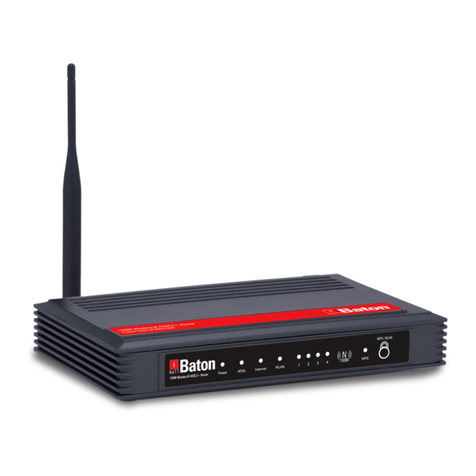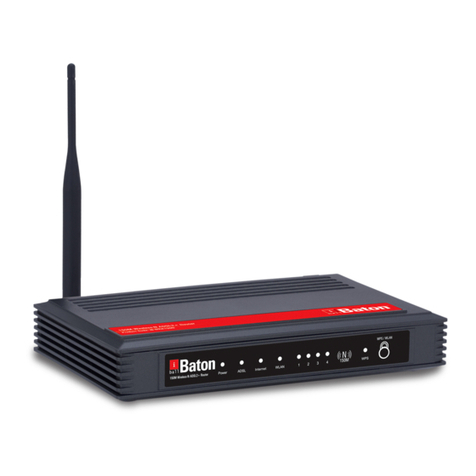CONTENTS
Package Contents .................................................................................................... 1
Chapter 1. Introduction ......................................................................................... 2
1.1 Product Overview ..................................................................................2
1.2 Main Features .......................................................................................3
1.3 Conventions ..........................................................................................3
Chapter 2. Hardware Installation .......................................................................... 4
2.1 The Front Panel.....................................................................................4
2.2 The Back Panel .....................................................................................5
2.3 Installation Environment ........................................................................5
2.4 Connecting the Router...........................................................................6
Chapter 3. Quick Installation Guide ..................................................................... 8
3.1 Configure PC.........................................................................................8
3.2 Login....................................................................................................11
Chapter 4. Software Configuration..................................................................... 15
4.1 Status ..................................................................................................15
4.1.1 Device Info............................................................................................... 15
4.1.2 System Log.............................................................................................. 17
4.1.3 Statistics .................................................................................................. 17
4.2 Quick Start........................................................................................... 20
4.3 Network Setup..................................................................................... 20
4.3.1 Internet..................................................................................................... 20
4.3.2 LAN.......................................................................................................... 26
4.3.3 Wireless ................................................................................................... 30
4.4 Advanced Setup ..................................................................................40
4.4.1 Firewall .................................................................................................... 40
4.4.2 Routing .................................................................................................... 41
4.4.3 NAT.......................................................................................................... 42
4.4.4 QoS.......................................................................................................... 45
4.4.5 VLAN ....................................................................................................... 48
4.4.6 ADSL ....................................................................................................... 50
